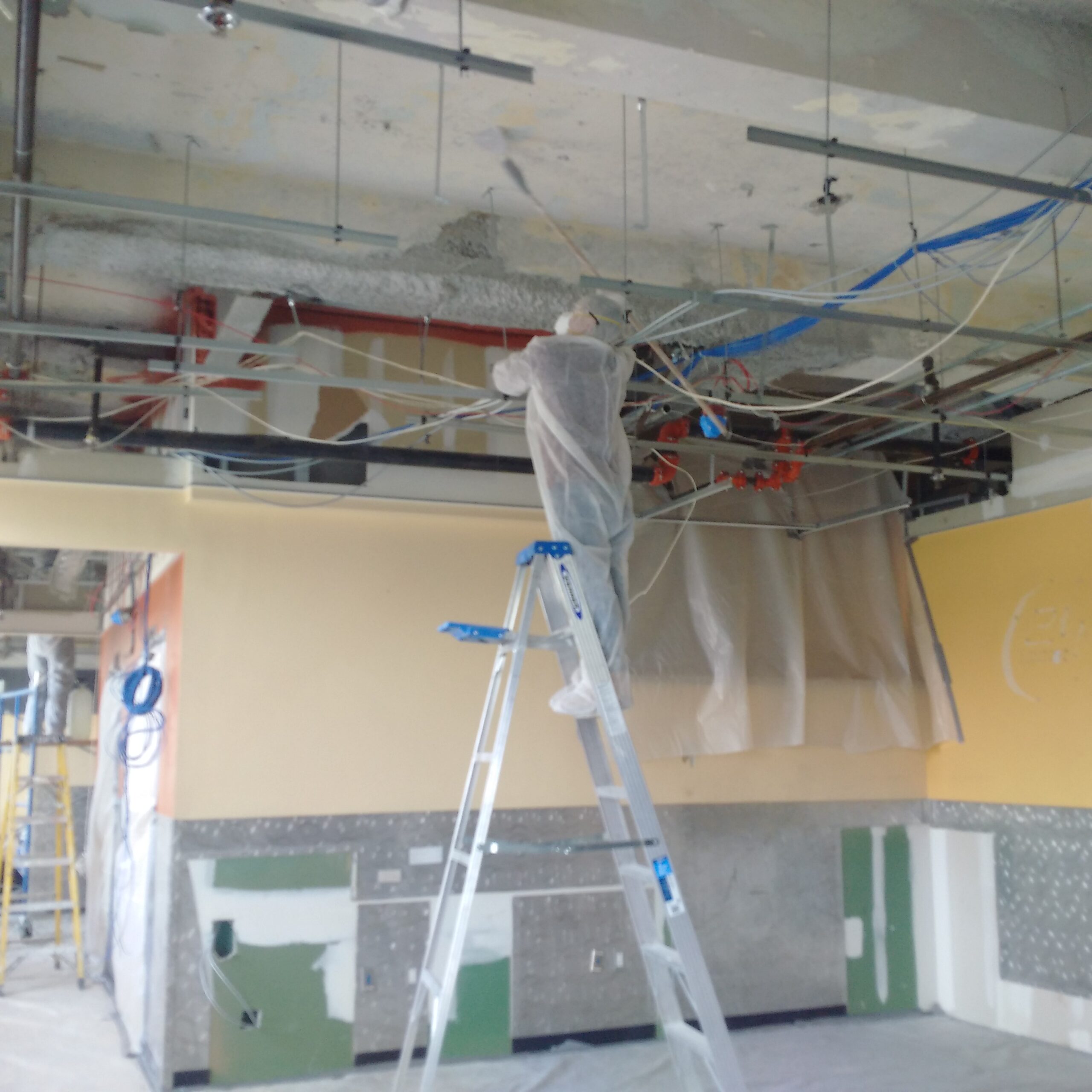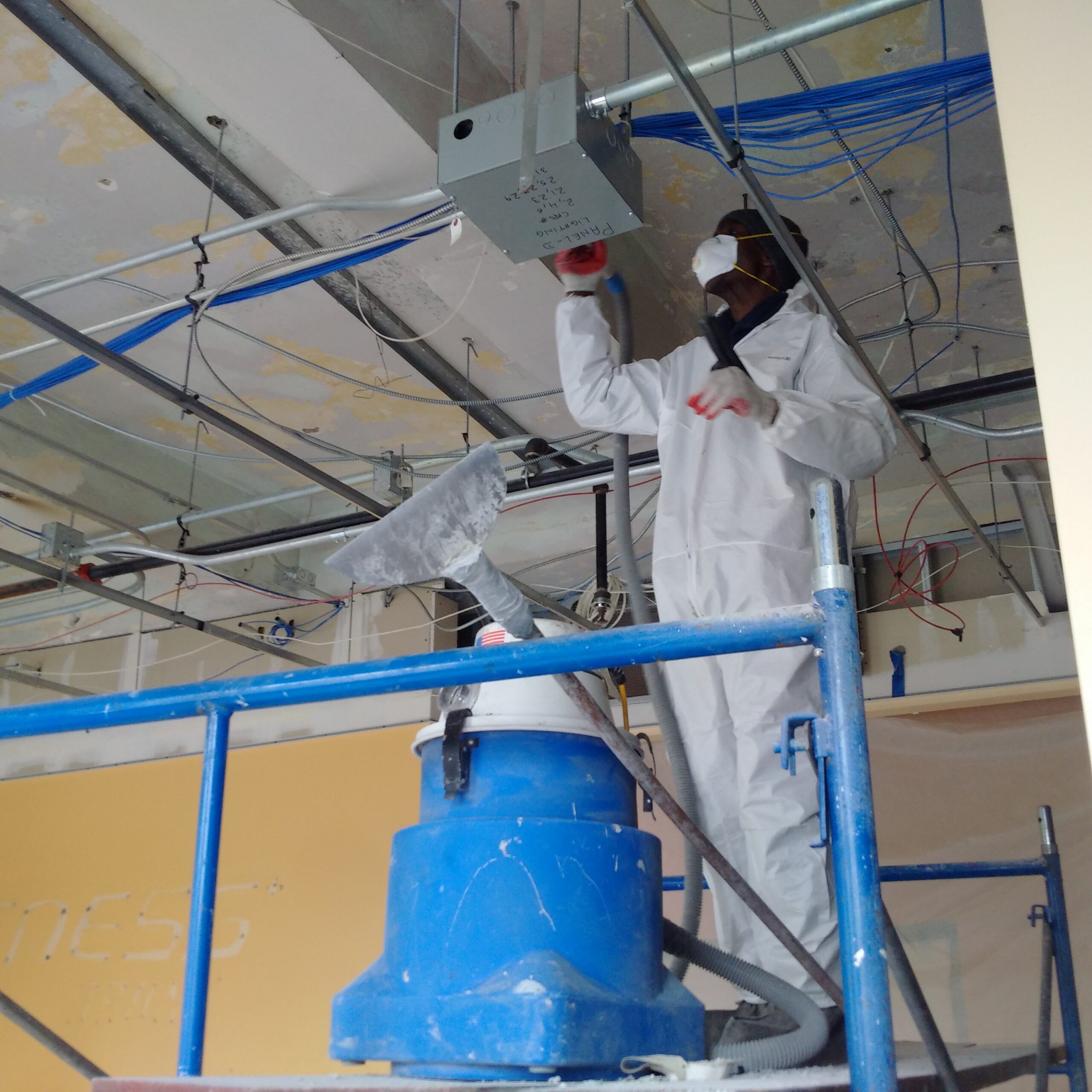Lead Removal Contractors-- Seasoned Specialists for Lead Reduction
Lead Removal Contractors-- Seasoned Specialists for Lead Reduction
Blog Article
Finest Practices for Ensuring Safe and Complete Lead Violation Reduction
Addressing lead infraction reduction requires a multi-faceted approach to ensure both security and conformity. Preliminary analyses using sophisticated discovery methods such as XRF analyzers set the phase for a precise understanding of contamination levels. Incorporating appropriate control techniques, including closed obstacles and HEPA purification, combined with making use of individual safety equipment (PPE) for workers, develops the foundation of a secure operation. Precise clean-up methods, featuring HEPA vacuuming and wet-wiping, are important. Yet, it's the last clearance procedure, involving comprehensive assessments and research laboratory screening, that truly confirms a lead-free atmosphere, guaranteeing long-lasting safety and security. Exactly how do these practices interconnect to guarantee comprehensive lead abatement?

First Evaluation
Conducting a first analysis is an essential initial step in lead violation reduction. This phase incorporates an in-depth assessment of the residential or commercial property to recognize the existence, extent, and certain locations of lead-based threats. Qualified specialists, such as certified lead assessors or run the risk of assessors, need to do a comprehensive website inspection, using tools like X-ray fluorescence (XRF) analyzers to precisely discover and measure lead focus in paint, dust, dirt, and water.
The assessment needs to also include a testimonial of the building's background, previous reports, and any kind of grievances or wellness issues reported by passengers - Lead Removal Contractors. Recording the findings thoroughly is important, as these documents create the basis for establishing a reliable abatement technique. A detailed assessment likewise entails tasting and laboratory analysis, which are important to confirm the presence of lead and guide succeeding activities
Moreover, it is vital to connect the outcomes transparently to all stakeholders, including home proprietors, lessees, and regulatory authorities. By ensuring that the initial evaluation is conducted with precision and rigor, experts can lay a strong structure for a targeted and reliable lead reduction procedure, inevitably safeguarding public health and wellness and making sure conformity with regulative requirements.
Appropriate Containment
Appropriate containment is important to avoid the spread of lead contaminants throughout abatement tasks. Successfully handling control lessens the risk of lead dirt and debris moving to non-work areas, thus safeguarding both the setting and individuals outside the prompt work area.

Normal evaluations of the control area are essential to look for violations or weaknesses in the obstacle. Any recognized issues must be quickly addressed to preserve the honesty of the containment. By sticking to these practices, abatement tasks can efficiently regulate lead contamination and mitigate connected health dangers.
Worker Defense
Ensuring employee defense is critical throughout lead reduction projects to stop job-related exposure to dangerous lead fragments. Essential actions include making use of individual safety equipment (PPE) such as respirators, gloves, and full-body fits particularly made to block lead dust and fumes. Workers must undertake thorough training on the appropriate use and upkeep of PPE, consisting of healthy screening for respirators to ensure maximum effectiveness.
Engineering controls, such as regional exhaust air flow systems, are critical in minimizing airborne lead focus in the job setting. Administrative controls ought to additionally be applied, including restricting the period of direct exposure and turning workers to minimize specific exposure times. Normal medical monitoring and organic surveillance are vital for very early detection of lead absorption, allowing timely intervention and treatment.
Additionally, establishing a decontamination protocol is vital. Employees have to adhere to rigorous purification treatments before breaks and at the end of their change to stop lead dust from being lugged outside the workplace. This includes comprehensive hand and face washing with lead-specific cleansing get more representatives and altering out of contaminated clothing.
Precise Cleanup
Keeping a risk-free workplace expands past worker defense and incorporates precise cleanup to make certain lead fragments are completely removed from the website. The process of meticulous cleaning is vital in avoiding the recontamination of the abated location and protecting both existing and future passengers.
To achieve a thorough clean-up, all workspace must be methodically sanitized. This includes making use of specialized HEPA (High-Efficiency Particulate Air) vacuum and wet-wiping methods to record and eliminate great lead dust that might have decided on surface areas. It is critical to clean up all horizontal surfaces, including floorings, window sills, and kitchen counters, as well as upright surface areas that may have caught lead fragments.
Workers should wear ideal personal safety equipment (PPE) during cleaning to avoid exposure to recurring lead dirt. Used cleaning materials such as wipes, sponges, and wipe heads should be taken care of in accordance with contaminated materials disposal regulations.

Final Clearance
Last clearance is the crucial wrapping up stage of lead reduction that determines whether the site is risk-free for reoccupation. This essential step includes detailed examination and testing to validate that all lead hazards have been efficiently gotten rid of. The procedure starts with an aesthetic inspection by a certified lead-based paint examiner or danger assessor to make sure no noticeable dirt or particles continues to be. This is followed by accumulating dirt clean examples from different surfaces, including floors, windowsills, and other horizontal surfaces. Lead Removal Contractors.

Last clearance screening not only protects future owners however also ensures conformity with regional, state, and government policies. It offers as a recorded validation of the reduction professional's adherence to sector finest practices. Making certain a detailed and successful last clearance is vital in safeguarding this content public wellness and promoting rely on the abatement procedure.
Final Thought
Making certain risk-free and thorough lead infraction abatement requires a diverse approach incorporating initial analyses with advanced detection approaches, effective control approaches, strict employee protection procedures, and thorough cleanup procedures. The last clearance phase, including detailed assessments and research laboratory testing, is vital to validate compliance with EPA requirements. Adherence to these ideal techniques guarantees a risk-free setting for owners, mitigates health and wellness dangers, and upholds regulative demands, therefore advertising public health and safety in lead-affected areas.
Report this page